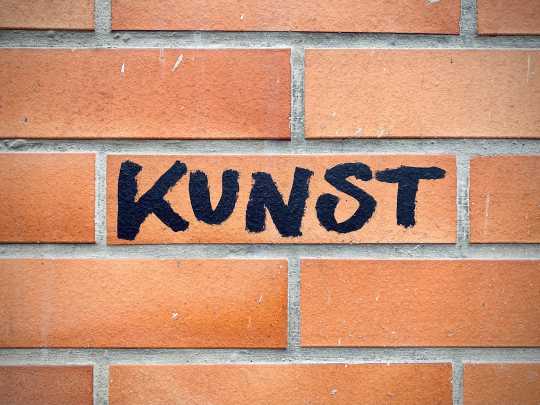Street art has been a powerful form of visual expression for centuries, evolving from simple graffiti tags to intricate murals that cover entire city buildings. This evolution is inextricably linked to the social, political, and cultural movements of the time, making street art a reflection of the society in which it is created.
The origins of street art can be traced back to ancient civilizations, where people used natural pigments to create images on walls and caves. These early forms of graffiti served as a means of communication, storytelling, and cultural expression, often depicting scenes from everyday life or religious beliefs. Fast forward to the modern era, and street art has transformed into a sophisticated and complex art form that challenges traditional notions of art and its place in society.
One of the earliest forms of modern street art can be traced back to the 1960s and 70s, when graffiti artists such as Darryl McCray, commonly known as Cornbread, and Dondi White began tagging buildings and subway cars in cities like Philadelphia and New York. These early pioneers of street art helped to establish graffiti as a legitimate form of artistic expression, paving the way for a new generation of artists to push the boundaries of what was possible in the medium.
As street art continued to evolve, artists began to experiment with new techniques and styles, leading to the emergence of vibrant and dynamic murals that covered entire city blocks. Artists like Keith Haring and Jean-Michel Basquiat used the streets as their canvas, creating bold and colorful artwork that spoke to the social and political issues of the time. Their work helped to popularize street art as a legitimate art form, inspiring a new generation of artists to take to the streets and make their voices heard.
The 21st century has seen a further evolution of street art, with artists using a variety of mediums and techniques to create powerful and thought-provoking artwork. Banksy, arguably the most famous street artist in the world, has gained international acclaim for his politically charged murals that challenge the status quo and spark conversations about social justice and inequality. His anonymity only adds to the intrigue surrounding his work, making him a figurehead for the modern street art movement.
In addition to traditional graffiti and murals, street art has also expanded to include installations, sculptures, and interactive pieces that engage with the urban environment in new and exciting ways. Artists like Swoon and Invader have created immersive installations that transform public spaces into works of art, blurring the lines between the gallery and the street. These innovative approaches to street art have breathed new life into the medium, attracting a wider audience and sparking conversations about the role of art in society.
The evolution of street art has not been without its challenges, however. While some cities have embraced street art as a valuable form of cultural expression, others have cracked down on graffiti and vandalism, viewing it as a form of criminal activity. This tension between art and vandalism has sparked debates about the legality and ethics of street art, with some arguing that it is a legitimate form of artistic expression that should be protected and preserved.
Despite these challenges, street art continues to thrive and evolve, with artists pushing the boundaries of what is possible in the medium. From small tags on alley walls to massive murals that cover entire city blocks, street art has become an integral part of the urban landscape, reflecting the social, political, and cultural movements of the time. As we look to the future, it is clear that street art will continue to evolve and innovate, inspiring new generations of artists to take to the streets and make their mark on the world.

